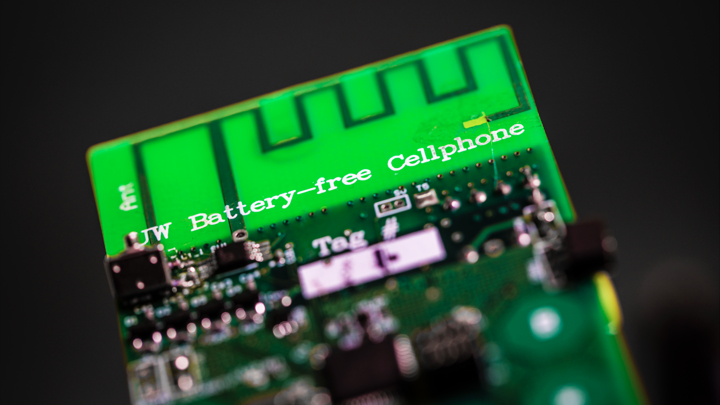Forget About Batteries: These Devices Work On TV And Radio Waves

What’s the Latest Development?
University of Washington researchers Joshua Smith and Shyam Gollakota have developed two small devices, each about the size of a credit card, that don’t need batteries to communicate with each other. They work simply by capturing and using the energy — known as “ambient backscatter” — from surrounding TV and radio signals. Currently, the transmission rate is still relatively slow, and the devices need to be within less than three feet of each other, but they are able to send location, identity, and sensor data. A paper presenting the technology received a “best of” award at a recent data communication conference in Hong Kong.
What’s the Big Idea?
Sensors that don’t require batteries and work by using existing electromagnetic energy could bring the Internet of Things that much closer to reality. Ambient backscatter already permeates most populated areas, and even those parts that are less populated will most likely come within range in the near future. A video describing the technology shows how sensors embedded in buildings could provide long-term monitoring and other applications. It also notes that because the devices don’t require batteries or maintenance, they can technically last forever.
Photo Credit: Shutterstock.com
Read it at FastCompany/Co.Exist





